Struggling with credit card debt? You’re not alone. Many people start with good intentions – chasing points or covering unexpected costs – but high interest rates can quickly spiral out of control. The good news? You can get out of credit card debt, and faster than you might think.
This step-by-step guide will show you practical, proven ways to pay off what you owe and finally take back control of your money.
Never miss an amazing deal again + get our bonus 250+ page eBook for FREE. Join 50,000 other Canadians who receive our weekly newsletter – learn more.
Know your numbers
Before you start making goals, budgets, or payments, you’ve got to know how much debt you have.
We get it—it’s depressing and might be making you anxious, but here’s the silver lining:
You might be imagining that your debt is worse than it is, and knowing your actual debt is the first step in getting rid of it. So, without further ado…
1. Write down your net income
Let’s keep this simple. List how much money you make after taxes. This is your net income. Gross income is how much you make before taxes are taken out, so it’s usually a larger number.
For our purposes, we want to know how much you’re bringing home and able to use. If you don’t know this amount off the top of your head, find your pay stubs or bank statements.
You can list your monthly or annual net income.
2. Figure your total monthly spend
Pull up your credit card and bank statements to see how much money you spend in a month. For accuracy, you can also track spending for previous months.
Remember to include all your bills, such as utilities, car payments, credit card payments, streaming services, food, and transportation.
By tracking your monthly expenses, you can determine how much you spend overall in a month and where your money is going.
Tip: Some people like keeping physical receipts to track expenses, while others prefer logging into accounts and tracking expenses digitally. Choose whichever option you think you’re more likely to stick with.
3. Seal the leaks
You can see where this is going. You need to subtract your monthly spending from your monthly net income. If you’re in the negative, you’re in debt. If you’re in the positive, you’ve got funds to work with, but it’s still a good idea to go over your budget.
Either way, review your budget/spending and ask yourself:
- Where is your biggest spend?
- Are these one-time or recurring expenses?
- Which of these items can you absolutely not live without?
- Are there any items you can completely delete from your budget?
- Are there any items you can reduce or eliminate from your budget?
- What portion goes to credit card repayment? And other debt repayment?
Next, come up with some actions for your budget:
- Which expenses can you slash today?
- And if not today, when?
- Exactly what will you do to keep the expenses low, not only today but on a long-term basis?
Remind yourself by creating a budget and sticking to it, you’ll ultimately be more in control of your finances and have more flexibility down the road.
Reduce your interest rate
Now, let’s shift the focus to your credit card. You’ll need to know the specifics of each card you have. Log in to your accounts or check statements for the following:
- Current interest rate for each card
- Current balance on each card
If you have multiple cards, keep this information organized, as you’ll need it to devise a plan for paying them down.
4. Research balance transfer promos and offers
With a balance transfer, you open a new credit card that has a balance transfer promotional rate and transfer the balances of your other cards to the balance transfer card. Since many cards with promotions offer interest rates as low as 0% for a set period, it allows you to aggressively tackle your credit card debt.
Keep in mind that these promotional offers typically last between 6 and 12 months, providing a distinct window of time to pay down your debt.
- Income requirement: $15,000
- Purchase Interest Rate: 13.99%
- Cash Advance Interest Rate: 15.99%
- Balance Transfer Interest Rate: 15.99%
- Balance Transfer Promo Rate: 0.99%
- Balance Transfer Promo Term: 9 months
5. Negotiate your rate
If you don’t want to get another credit card to transfer your balance, you could also try negotiating your current interest rates. Call your credit card issuers and ask them to consider lowering your current rate.
You’ll have better odds if your credit score is decent or you’ve been making the minimum payments on time. If that doesn’t work, try negotiating your card’s annual fee (if applicable).
6. Consider a HELOC
Homeowners have another trick for paying down debt: taking out a Home Equity Line of Credit (HELOC).
When you make a down payment and make regular mortgage payments, the amount of equity you have in your home increases, and you can borrow against it. For instance, if your home is valued at $500,000 and you’ve paid $100,000, you have $400,000 in equity.
If you meet a lender’s criteria, you can take out a home equity loan and use the money to pay off your credit card debt. However, this is a risky option since you could lose your home if you fail to repay the HELOC. Plus, you’ll have to repay the loan with interest.
If you’re confident that you can repay the loan, consider the following HELOCs:
7. Consider low interest rate credit cards
If you can’t get a balance transfer card and your current credit cards have high interest rates (over 20%), shop around for a low interest rate card. Try to find one with rates between 5% and 15%, with the lower rate being the better option.
Low interest cards can be a better long-term option for paying down debt since you’re not on a deadline to pay it off. Instead, your debt will always be charged the lower interest rate, which can give you more time.
Pay down credit card debt aggressively
You know your numbers. You have a financial goal. Now, it’s time to start paying down debt.
8. Pay MORE than the minimum payment
Your credit card bill always shows you the minimum payment. It’s easy to fall into the trap of thinking that if you just make the minimum payment, you’re doing great financially.
Unfortunately, by just paying the minimum, your balance will grow, and you’ll be charged more interest.
To get out of credit card debt (and stay out), you’ve got to pay off your balance completely or pay as much as your budget allows.

9. Tap into your savings
Hop on any financial forum, and you’ll see people wondering whether it makes sense to withdraw money from a savings account to pay off debt.
There are a few instances when it might make sense to do this:
- If you have substantial savings, that’s only earning you paltry interest (between 0 and 0.4%).
- If the interest on your savings is taxed at your marginal rate.
Once you’ve used savings to pay off your credit card debt, you can switch to putting money back into your savings account.
Even better, you could use a high-interest savings account, which earns interest rates ranging from 0.75% to 5%.
Here are a few you can consider:
Increase your income
So far, we’ve focused on paying down your debt, but it’s easier to do if you increase your income.
10. Pick up more hours
We realize not everyone has the opportunity to ask for more hours at work, but if you do, take it! Even if the extra hours are only temporary, having extra money can help you quickly pay off debt.
11. Side hustle
More and more people are turning to side hustles or gig work to make a little extra money. Whether you do ridesharing, sell products online, offer tutoring, start a blog, you name it, you can bring in extra cash that goes right to paying off your credit card.
Average credit card debt
Unfortunately, credit card debt is a widespread problem. According to TransUnion, one of the major credit monitoring bureaus, Canadian credit card users hit a new milestone in Quarter 4 of 2024: $124 billion in credit card and delinquency rates on the rise.
This translates to an average credit card balance of $4,681 per Canadian, a 5.67% increase over the previous year.
That’s a significant amount of credit card debt, and if yours is higher, remember that these simple steps are an effective way to start managing it.
A credit card debt calculator
How much interest could you be saving with a low interest credit card? Play around with our credit card interest calculator to find out.
Simply enter the variables, and you can see how long it will take to pay your debt, and how much in interest you could save.
Credit Card Interest Calculator
Avoid credit card debt forever
Whether you’re working on paying off credit card debt or you’ve already met your goal, realize that you can keep coming back to these strategies.
There may be times when you fall back into credit card debt because of unexpected expenses. Just know that you’ve got the tools to become debt-free.
You’ve got this.
FAQ
Is $20,000 a lot of debt?
$20,000 of debt might be a lot for some people or not much for others, depending on income. To put it in perspective, Canadians have an average of $4,681 in credit card debt.
Is credit card forgiveness real?
It’s rare for credit card companies to forgive credit card debt. You may have seen debt settlement companies promise to take care of your existing credit card debt, but the Financial Consumer Agency of Canada urges caution when considering these companies since many make unrealistic promises and charge high fees.
How do I get rid of my credit card debt ASAP?
Once you know how much you owe and how much money you make, you can begin aggressively paying down your debt. To make your payments go further, ask your credit card company to lower your interest rate.
What is the average credit card debt?
Canadians hold an average of $4,681 in credit card debt (as of Quarter 4 in 2024).
creditcardGenius is the only tool that compares 126+ features of 231 Canadian credit cards using math-based ratings and rankings that respond to your needs, instantly. Take our quiz and see which of Canada's 231 cards is for you.



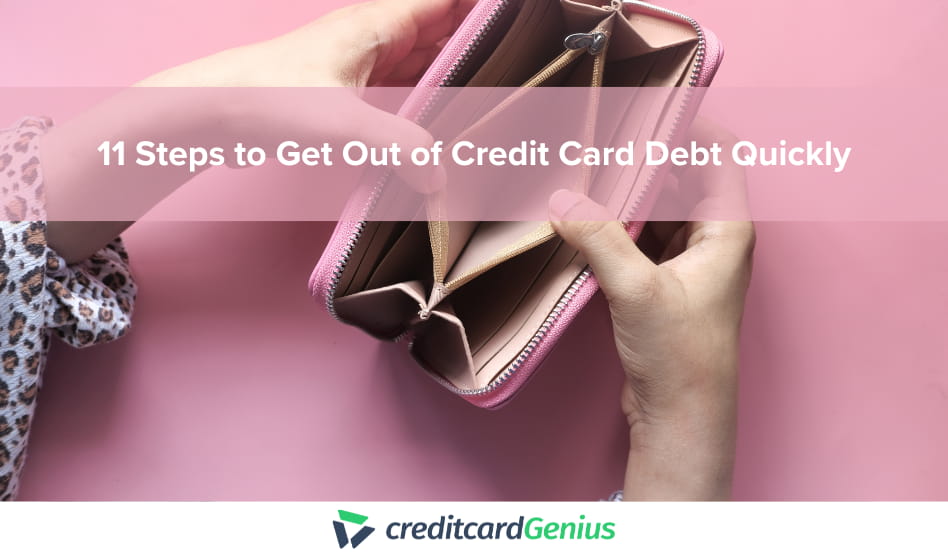


 GC:
GC: 
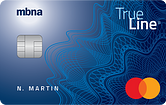
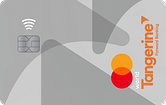
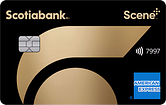
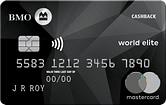
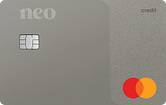
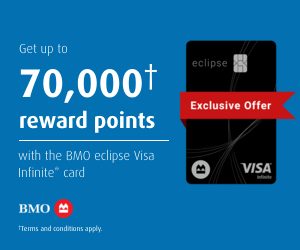
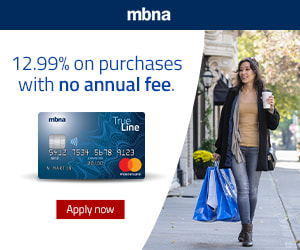
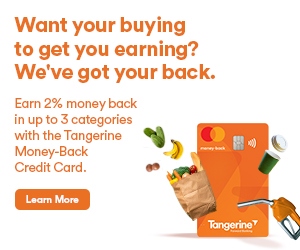



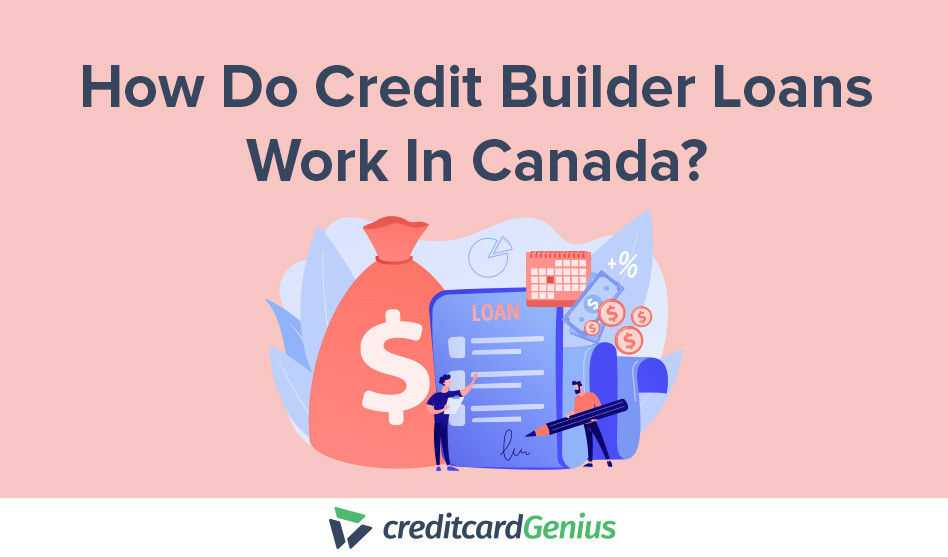

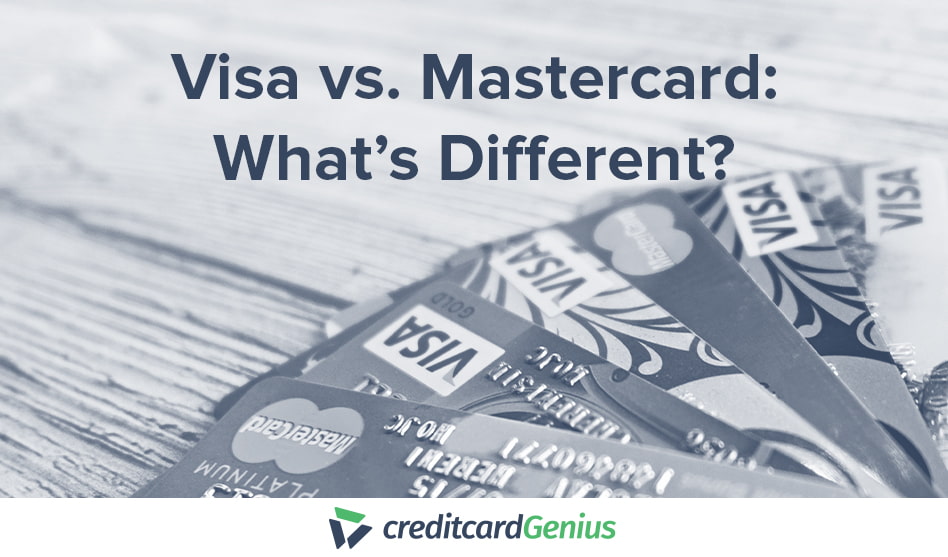
.png)




















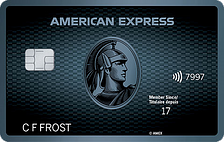
 $100 GeniusCash + Earn up to 15,000 Welcome Bonus Membership Rewards® Points.*
$100 GeniusCash + Earn up to 15,000 Welcome Bonus Membership Rewards® Points.*
Comments
Leave a comment
Required fields are marked with *. Your email address will not be published.